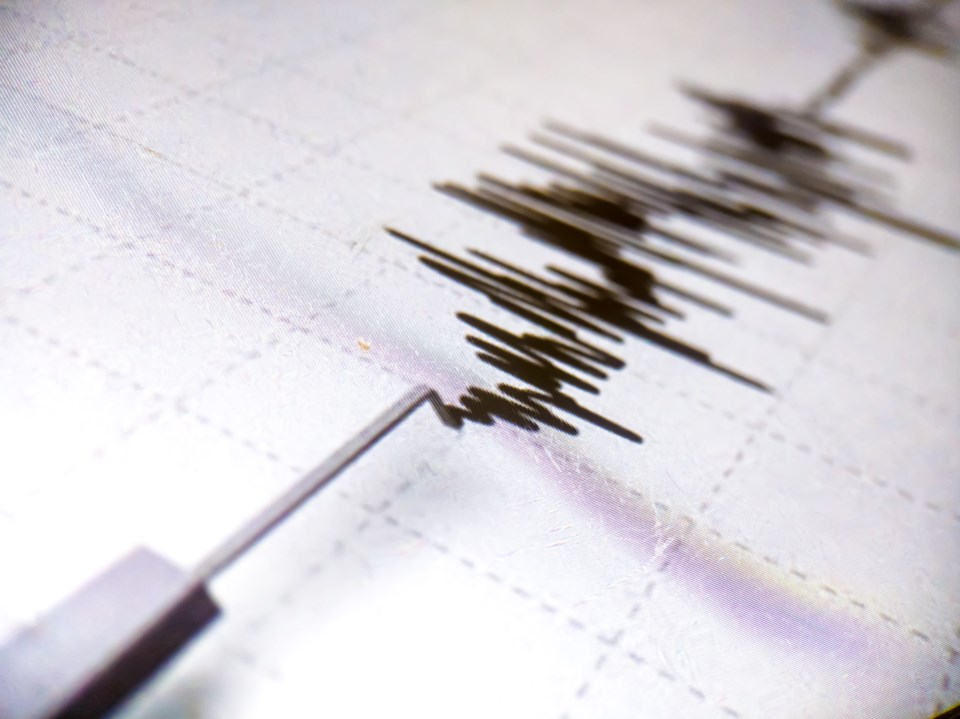On the night of Dec. 7, 2023, a small earthquake was detected in Denton County.
According to WFAA, a seismic event with a magnitude of 2.2 was detected just before midnight on the earthquake map provided by the U.S. Geological Survey (USGS). The event was discovered approximately two miles to the north of Northlake, four kilometers deep. Local Profile reached out to the city of Northlake but did not receive a response prior to publishing.
But earthquakes of this size typically are not felt, according to Texas A&M Today. They are also not uncommon in Texas.
“Earthquakes can happen just about anywhere in the North American continent, but the risk varies greatly,” Fred Chester of the College of Geosciences told Texas A&M Today. “In general, the risk in Texas is lower overall than most other places in the U.S., and the risk is lowest along the Gulf Coast. The largest and most devastating earthquakes — with respect to lives, infrastructure and financial loss — occur at tectonic plate boundaries, and Texas is far from plate boundaries.”
Chester said that West and North Texas experience natural earthquakes, some of which have the potential to cause damage and pose a risk of injury. But events of this size rarely cause any sort or damage or injury.
However, these quakes are becoming more common and frequent. Chester noted that numerous studies have established a clear connection between unconventional reservoirs and a rise in the frequency of local earthquakes. Chester said that the majority of these earthquakes fall within the 3.0 magnitude or below range, causing minimal damage. Over the years, Texas and Oklahoma have witnessed significant growth in oil and gas production from these unconventional reservoirs, facilitated by the technique of fracking, which extracts gas and fluids trapped in source rocks.
“Pumping fluids in and out of the crust can locally trigger earthquakes that would eventually occur naturally,” Chester said. “The physical understanding that pumping fluids into the crust can trigger earthquakes is robust, and understood for 50 years or so, and triggering is most likely to occur when pumping particularly large volumes of fluids quickly. It is well documented that pumping wastewater into the crust, such as in North Texas and Oklahoma, increases the rate of earthquakes and can trigger earthquakes large enough to cause damage.”




